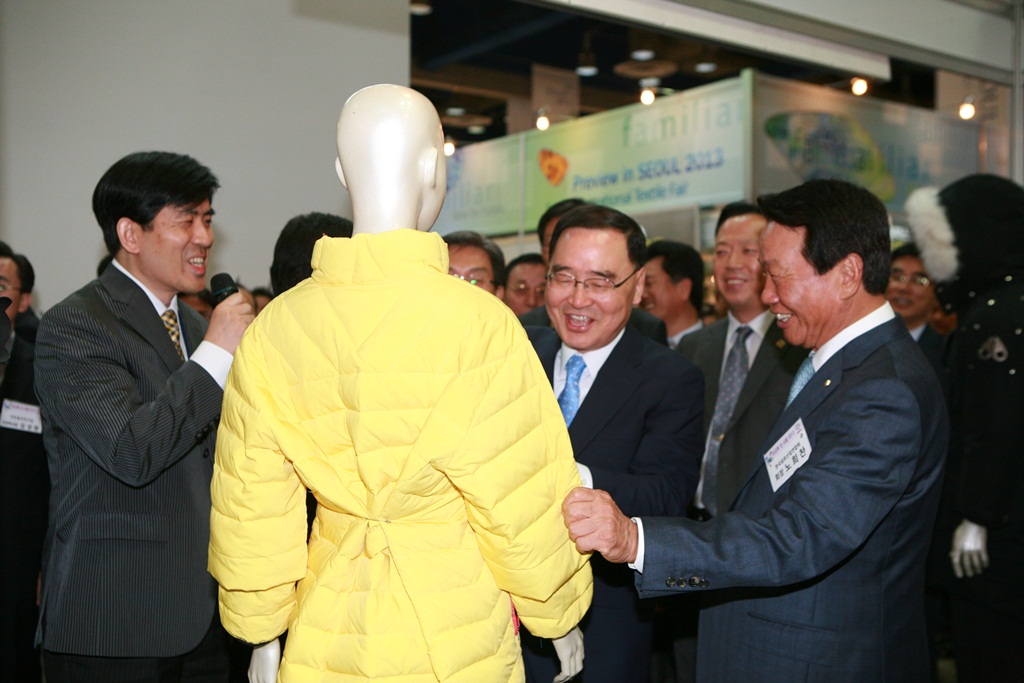
Staying ahead with technology
Apart from eco-friendly processes and products the Korean textile industry is highly 
The current Korean fashion market is very strong and many international fast fashion companies are strongly competing with Korean companies.
Korea is also well known for its high end fabric. As far as prices are concerned, Korean fabrics are high end and therefore, expensive. Park reveals, “The current position of Korean fabric is in between Chinese, known for low prices and Japanese, for high prices. However, China is no more considered low cost and Chinese companies are coming closer to Korean prices”
The Korean Federation of Textile Industries (KOFOTI) contributes towards long term development of the textile industry as well as advancement of the national economy. It has been performing a leading role in the development of the textile industry and its national economy for the last 37 years. KOFOTI formulates innovative strategies for the textile and fashion industries to actively take measures and respond to sharp changes in the global market performing a pivotal role in the textile industry. The federation also plays an active role in different areas including the development of distinctive products that feature new technologies as well as high quality, cutting edge textile products and state of the art dyeing and finishing technology among others.
Park revealed, “In 2000, we had a sales of export of 18.8 billion which was the highest, we were at the peak at that point of time. Our exports accounted to 18.8 billion USD. In 2009 this figure came to 11.6 billion USD which was the lowest and from then it has been improving. In 2012 it was 15.6 billion USD out of which the fabric export was 12.4 billion USD and apparel export amounted to 3.2 billion USD. The target set for 2013 was 16.3 billion USD. In terms of imports, in 2012, we had an import of 12 billion USD.”












